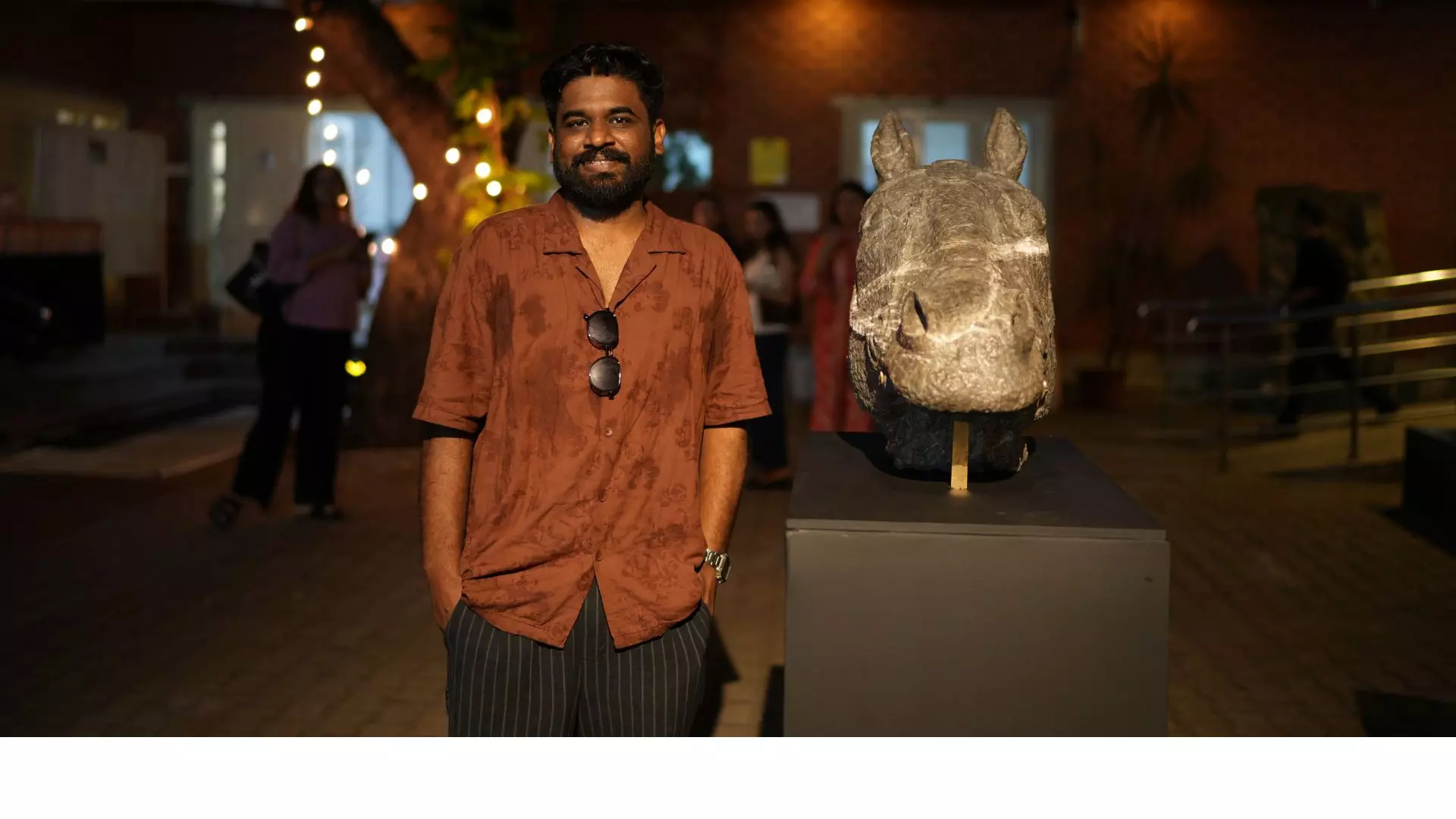
Chennai’s Stone Portraits exhibition blends tradition, power, and artistry
StoneX’s second edition at Cholamandalam Artists’ Village highlights sculpture, identity, and tradition. Can stone art reclaim its cultural voice today?

Chennai witnessed a unique confluence of art, culture, and craftsmanship as StoneX hosted the second edition of its immersive event, Stone Portraits, at the historic Cholamandalam Artists’ Village. The event sought to elevate the perception of stone from a mere commodity to a medium of beauty and respect.
The event emphasised that art remains a unique form of investment, unlike markets such as gold or stocks that fluctuate with economic shifts. Organisers noted that art holds its own timeless value, unaffected by market dynamics.
Taking centre stage was The Monarch by Chennai-born artist R Magesh, a striking sculpture crafted in Grigio bronze and Amani marble. Known for his evocative depictions of animals and birds, Magesh brought his fascination with equestrian forms into stone for the first time.
The monarch series
Speaking about his inspiration, Magesh said: “Throughout my process, I have always depicted animals in my work because I feel they have a different voice, which humans often neglect. Through my works, I try to give importance by depicting their forms.”
He explained that the horse, central to The Monarch series, symbolises both strength and fragility. “The image of a horse always depicts power and virility. But a broken warrior horsehead also symbolises the fall of power, and with it, the rise of suppressed voices,” Magesh observed.
The series, which he had developed through paintings over the past five to six years, found new life in this sculpture. The piece explored themes of authority, suppression, and resilience through its form.
Painting and stone
Though primarily a painter, Magesh reflected on how working with stone felt familiar. “Stone, I felt, isn’t much different from painting. It is like watercolour. Once you make a mark, it is permanent and cannot be altered. That permanence connects stone with painting for me,” he explained.
He added that the horse imagery offers infinite interpretations, allowing viewers to engage with it in their own way. Its grit and strength, he said, carry a voice beyond his own artistic intent.
Magesh, who studied in Chennai before moving to Baroda for his master’s, emphasised how his formative years in the city shaped his art. “All the basics I learned only in Chennai, and that influence always reflects in my work,” he said.
Stone tradition and future
The event also underscored Chennai’s deep history of stone craftsmanship. From temple architecture to the famed carvings of Mahabalipuram, the region has a legacy that continues to inspire artists.
Magesh stressed the importance of preserving this tradition for future generations. “It is really important for children to practice art. We have immense knowledge in stone carving that can be explored and reimagined in contemporary ways,” he said.
The exhibition not only celebrated craftsmanship but also opened conversations about the place of stone art in India’s evolving contemporary art scene. By blending tradition with new voices, StoneX positioned itself as a bridge between heritage and modern expression.
The content above has been transcribed from video using a fine-tuned AI model. To ensure accuracy, quality, and editorial integrity, we employ a Human-In-The-Loop (HITL) process. While AI assists in creating the initial draft, our experienced editorial team carefully reviews, edits, and refines the content before publication. At The Federal, we combine the efficiency of AI with the expertise of human editors to deliver reliable and insightful journalism.

